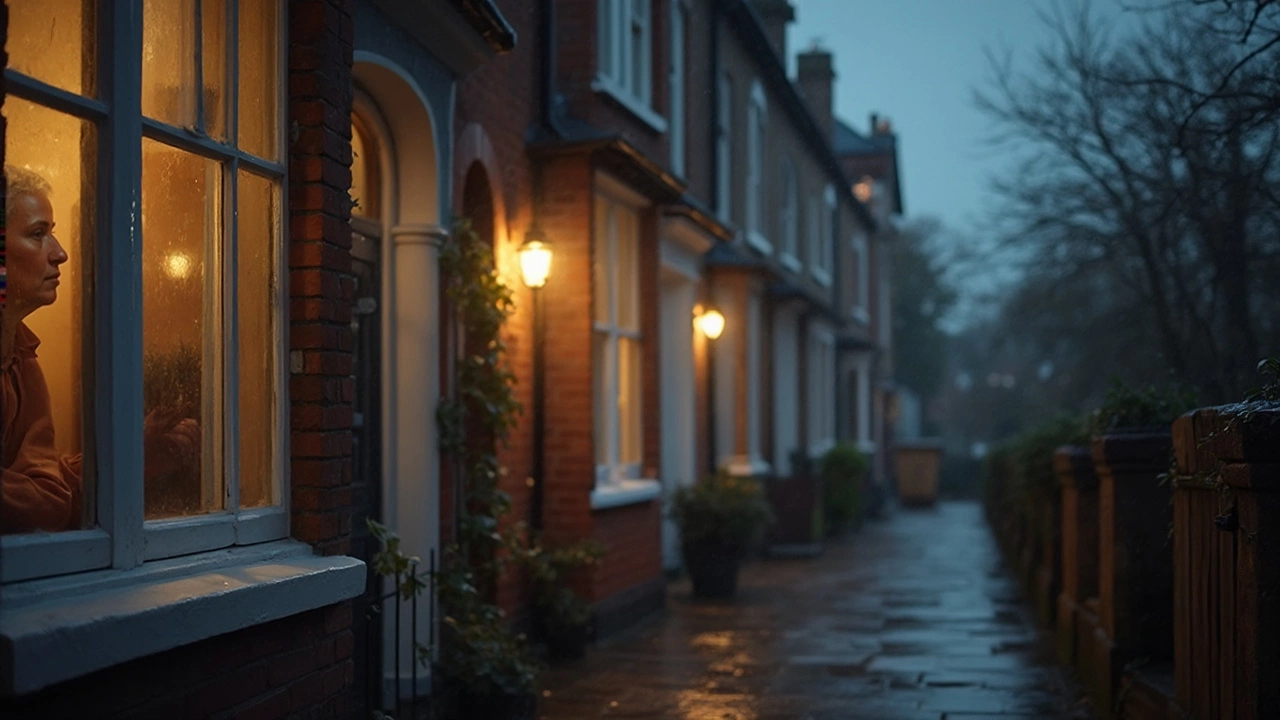If you’ve ever wondered why so many people are swapping wired CCTV for WiFi cameras, you’re not alone. They’re cheap, easy to move and let you watch live video from any phone. In this guide we’ll break down the basics, what to look for, and how to get them up and running without a headache.
First off, think about picture quality. Today most WiFi cameras shoot at 1080p, which is clear enough to read a license plate. If you need sharper detail, look for 2K or 4K models, but remember higher resolution needs more bandwidth and storage.
Power matters too. Some cameras plug into a wall outlet, others run on batteries. Batteries give you flexibility – you can place the camera anywhere – but you’ll have to recharge or replace them every few months. If you’re okay with a cord, wired power means you never worry about battery life.
Storage options vary. Cloud plans keep footage safe off‑site, but they usually cost a monthly fee. Local SD cards store video on the camera itself; just make sure the card is rated for continuous recording. Many people use a mix – cloud for the most recent 24‑hour clips and a card for longer archives.
Privacy and security are often overlooked. Choose a camera that offers WPA2‑AES encryption and lets you set a strong, unique password. Some models even have two‑factor authentication, which adds an extra layer of protection against hackers.
Finally, think about how the camera works with your phone. A good app will let you view live video, get motion alerts, and playback recordings. Test the app before you buy – a clunky interface can make a great camera feel useless.
Start by finding a strong WiFi signal where you want the camera. If the signal is weak, consider a WiFi extender or a mesh system. Most cameras have a quick‑setup mode: power it on, scan the QR code with your phone, and follow the on‑screen steps.
Mounting is usually as simple as screwing in a bracket or using a strong adhesive pad. For outdoor cameras, aim the lens slightly down to capture more of the ground and avoid glare from the sun. Make sure the camera is out of reach of curious kids or pets.
After the camera is in place, run a quick test. Walk in front of it and check the live feed on your phone. Adjust the motion detection zone so you don’t get alerts every time a tree branch moves.
If you choose cloud storage, set up the subscription right away to avoid losing any footage. For SD cards, format the card in the camera’s settings to ensure compatibility.
Lastly, keep the firmware up to date. Manufacturers push updates that fix bugs and improve security, so enable automatic updates if the option is available.
That’s it – with a little planning you can have a reliable WiFi camera network watching your home day and night. Remember, the best system is the one you actually use, so pick a camera that fits your style, budget, and comfort level with tech.

Wireless security cameras sound like they should work without internet, right? It’s not quite that simple. This article breaks down when you actually need internet for your wireless cameras, what you can do with or without it, and where you might run into problems. We’ll also look at a few sneaky tips for getting the most from your setup. If you’re wondering if you can cut the cord and still keep an eye on things, read on.